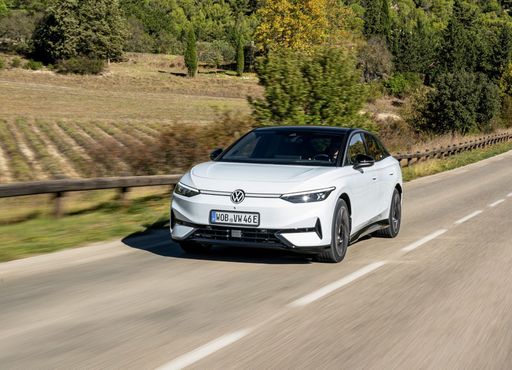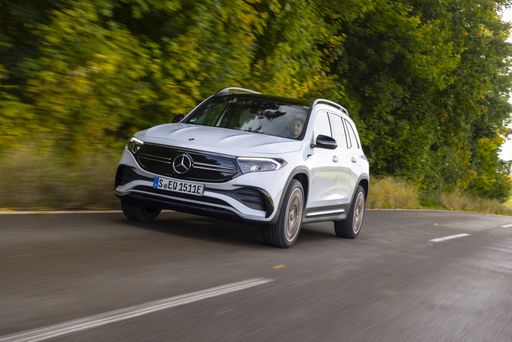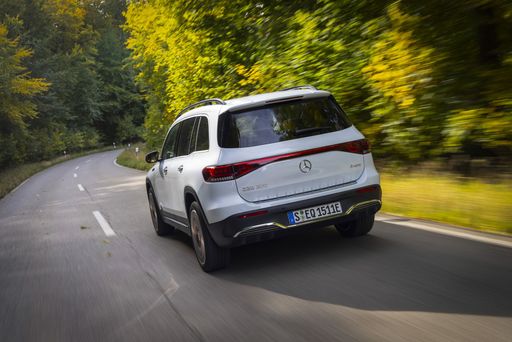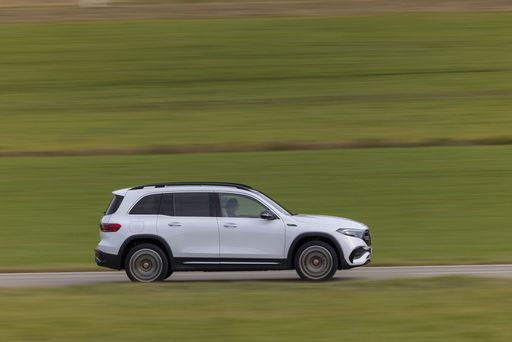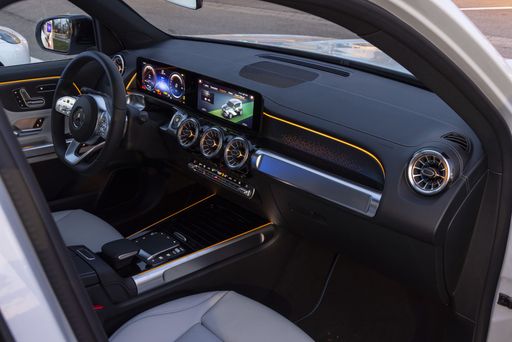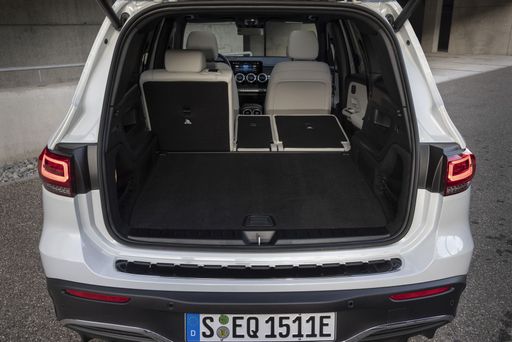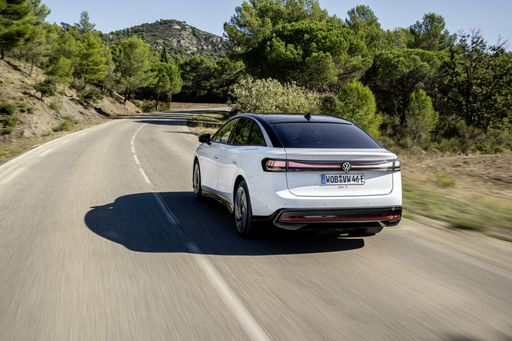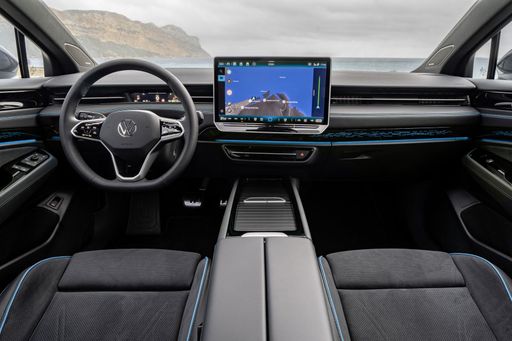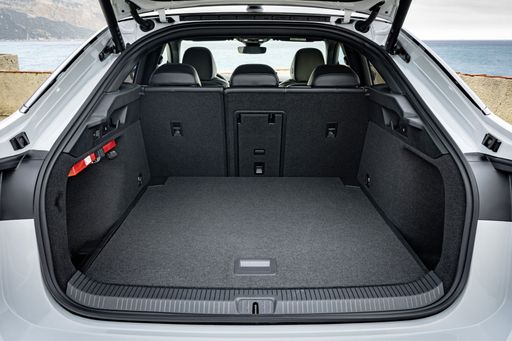Introducing the Rivals: Mercedes EQB vs. VW ID.7
The electric vehicle market continues to evolve and expand, with both established automakers and new players vying for dominance. In this arena, two contenders stand out: the Mercedes EQB and the VW ID.7. While each offers unique qualities and innovations, a deeper comparison reveals insights into their performance, technology, and overall appeal. Let’s dive into what makes these electric vehicles noteworthy in 2024.

